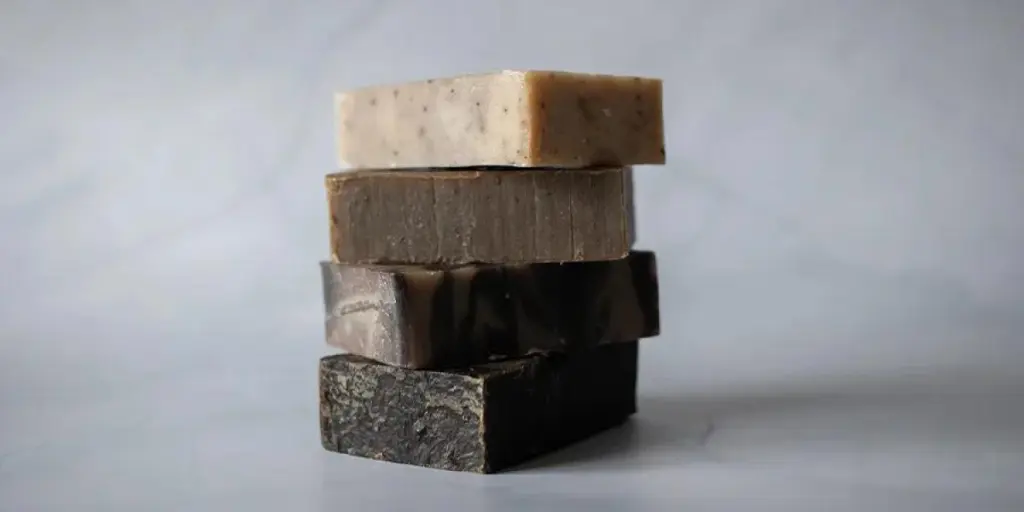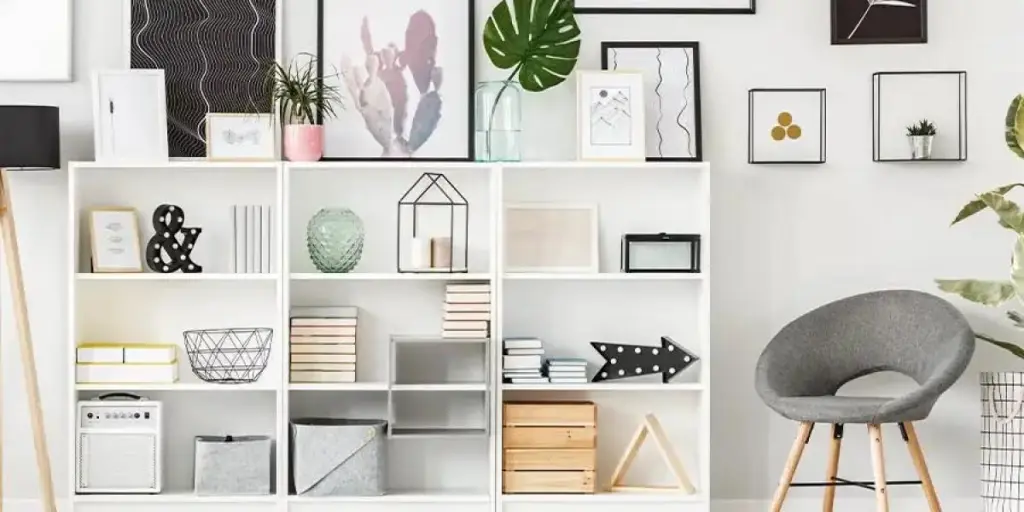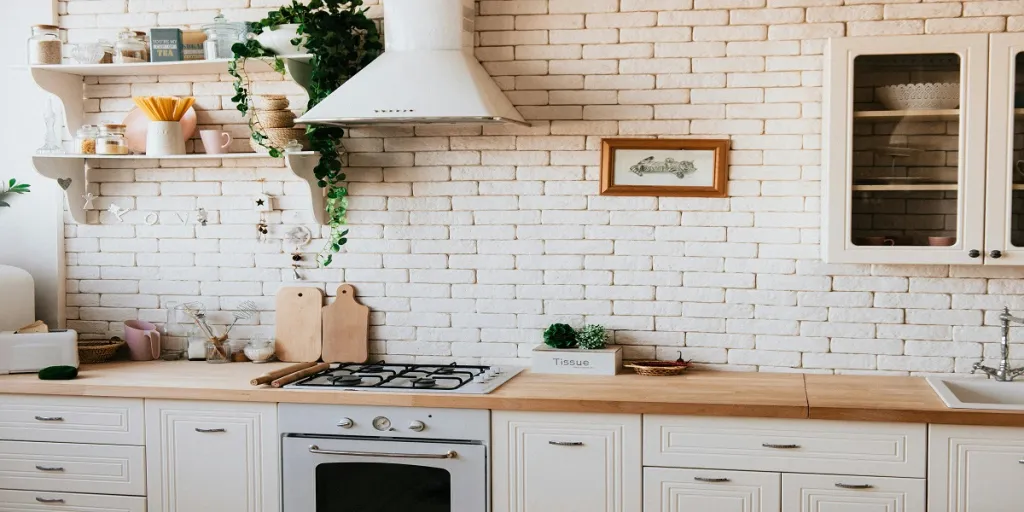Spring and summer are the time of bloom and vibrant colors. However, not everyone likes vibrant colors in interior decor. The interior design colors in 2025 will reflect this, with restorative realms that focus on generative rather than extractive products and processes.
In the 2025 WGSN forecast, the restorative realm trend focuses on the environment and industry via designs and products that help reduce the strain on the environment. With more people being environmentally conscious, interior design trends are moving towards helping reclaim a sense of peace and balance while preserving the environment. Restorative realms offer a sanctuary for the plant and the soul.
The interior design trends in the coming year will have something for everyone. Whether minimalist or maximalist, the trends will call for a reconnection with nature, promoting sustainability and tranquility in living spaces.
Table of Contents
Nature’s inspiration
The influence of science and technology
Restorative realms’ color palettes
Earthy pigments
Natural neutrals
Restorative darks
Bioluminescent glow
Mineral brights
Conclusion
Nature’s inspiration
Nature is a big part of the restorative realm and manifests itself in interior design through the use of plant-based materials and ingredients, aesthetics, and textures.
With the restorative realm, biophilic designs, earthy pigments, and plant-based materials will dominate interior design trends, reducing the boundary between indoor and outdoor decor. From the lush green hues to the darker grounding tones of midnight plum, the palette in the summer and spring will be deeply rooted in nature.
The textures will have more elemental and excavated qualities, showing an interest in the darker side of nature and embracing overgrown foliage and underground mycelium networks.
The influence of science and technology
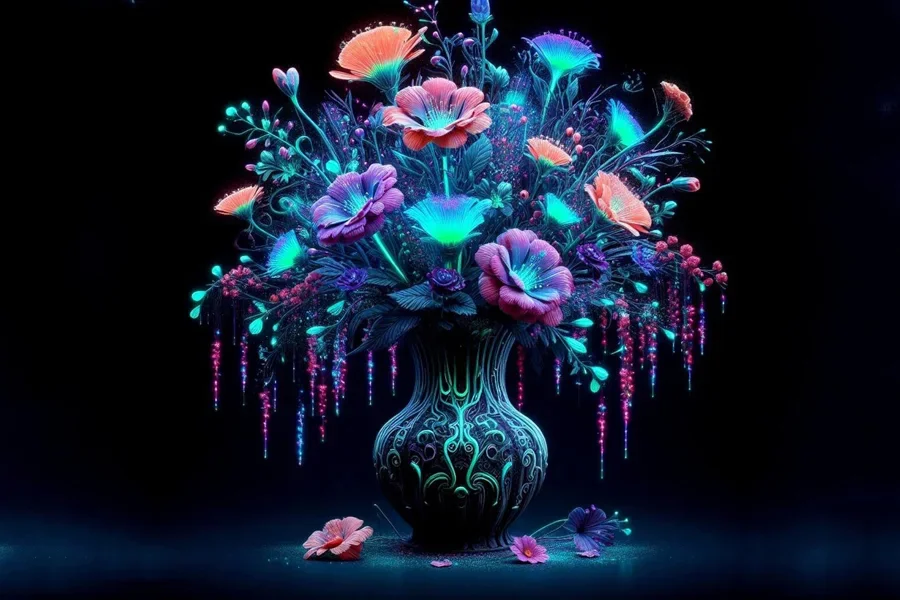
Science plays an imperative role in shaping the restorative realm. From lab-grown materials to climate-adaptive designs, technology integration allows designers to create sustainable, visually appealing interiors. Innovations like bioluminescent lighting and materials add a futuristic charm to natural aesthetics reflecting the fascination with otherworldly realms.
With science and technology, designs can create glowing surfaces and finishes that balance earthy tones with extraterrestrials.
Restorative realms’ color palettes
The restorative realm color palette revolves around the many facets of nature, and a restorative quality is vital in driving the color choice. Intricate darks are imperative for respite, while the muted naturals speak of wellness and self-care.
In the promotion of sustainability, restorative realms of interior design focus on long-term colors favoring earthy tones that one can use in more seasons. The key color groups in restorative realms include:
Earthy pigments
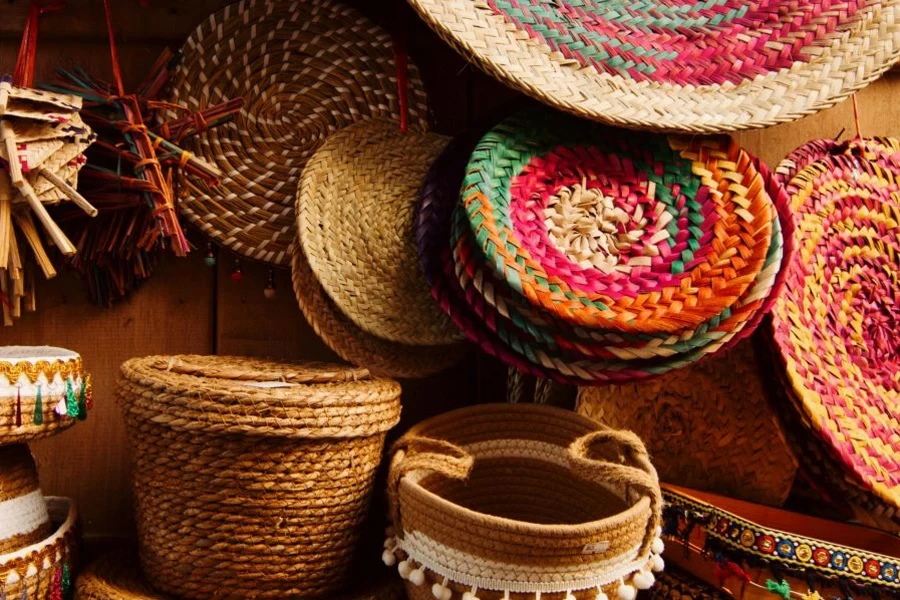
For many people, the colors of their homes significantly impact how they view their homes. Interior design is a reflection of the homeowner and their personality. In the summer and spring of the coming year, most people will deviate from the ordinary greys and whites and will adopt more earthy tones. Earthy pigments create a more cozy and warm environment, making the occupants feel relaxed.
One can refresh the greens and browns with a color twist and use hand-crafted designs to give their space a refined look and feel. For instance, one can balance the greens and browns with flame red, yellow, and chartreuse green. This style will give the space a natural yet colorful look.
Natural neutrals
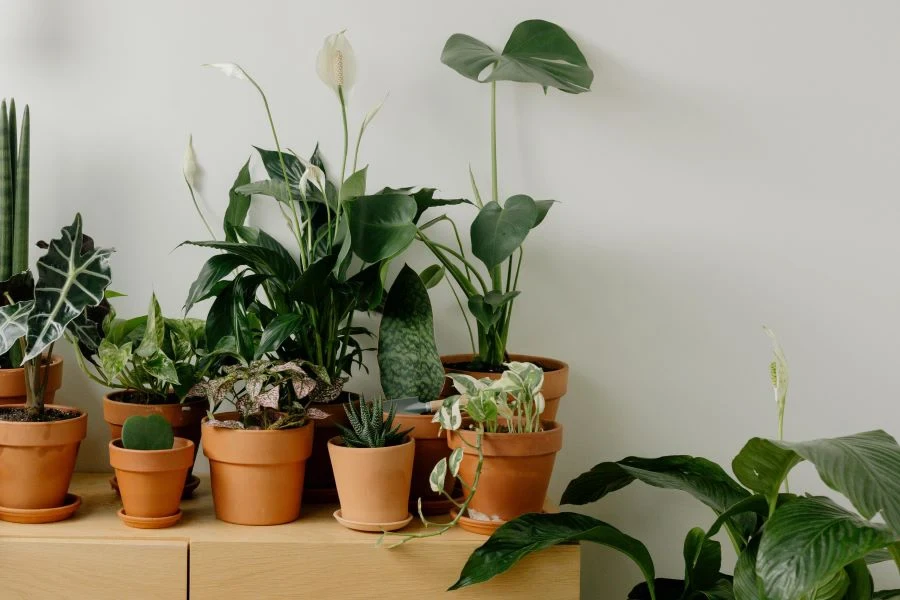
Some people like the calming nature of neutrals, and there is no better way to complement this effect than with clay pinks and reds. While the natural neutrals are calming, one may need to style them with composites and fibers with subtle textures to enhance the natural hues.
Soft and muted shades like blond wood and Italian clay bring a calming effect. They emphasize the tactile quality, while matte and powdered finishes enhance the visual softness. This interior decor evokes serenity and simplicity. It is ideal for minimalists or someone who wants to explore textures.
Restorative darks
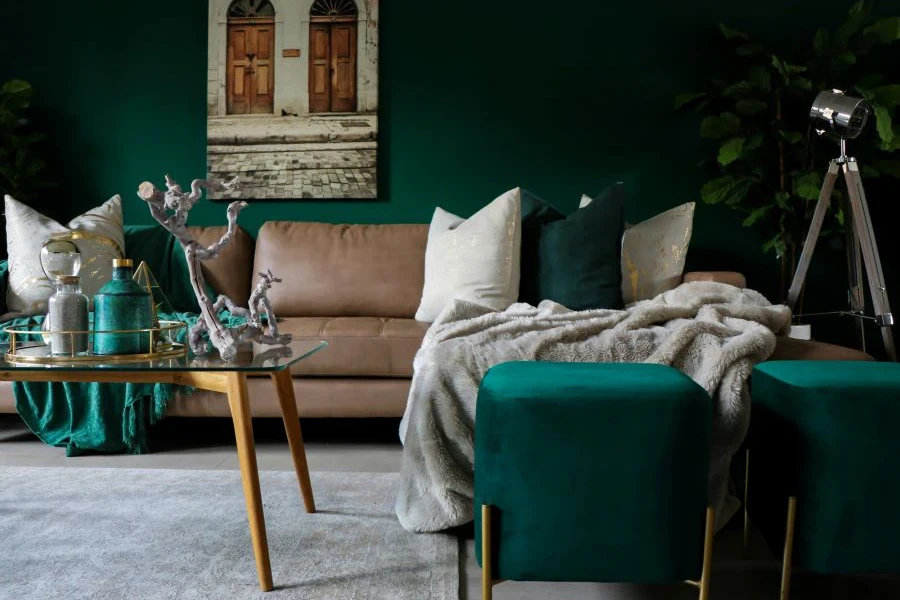
In the spring and summer of 2025, we will see more charming near-blacks, like deep emerald and midnight plums, which provide a grounding effect and a break from the bright and intense light.
These restorative dark shades are versatile. Their polished and matte finishes give them a sleek sophistication. Interior designers use them for tonal and layer compositions in spaces or on the same product. Their reflections and metallic shimmer increase their appeal, and the matte finishes have a cocooning effect.
Bioluminescent glow
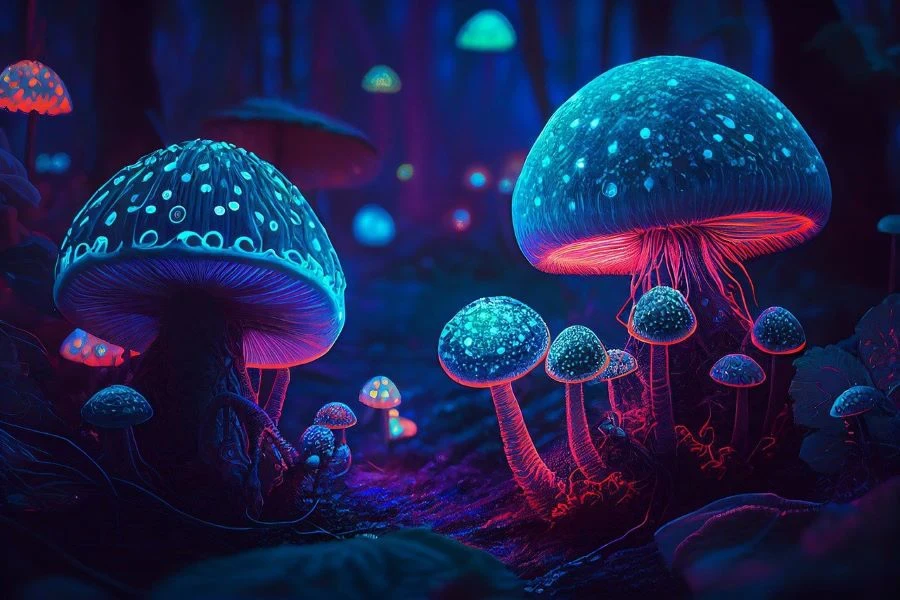
There will be a color shift in interior design in the coming years, with more people embracing the mood-boosting effects of bioluminescent tech-enhanced colors. From the hyper-violet midnight plums to the electric indigos and chlorophyll greens, these otherworldly qualities offer a surreal charm.
These hues, similar to glowing marine life and glowing plants, give the interior an elegant quality. Lighting can amplify their impact, transforming the space into a luminous sanctuary.
Mineral brights
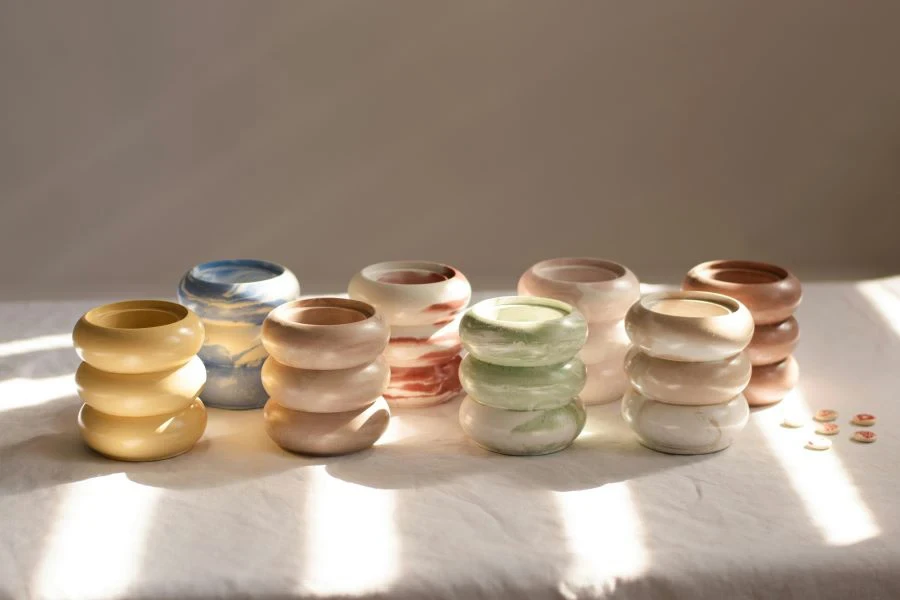
Those who love bright and vibrant colors are included in the restorative realm. Mineral brights are incorporated in interior design, which explores synthetic stones and enhanced surface work. Interior designers use rock fragments bound by colored biomaterials, counterbalancing rough and smooth, natural and synthetic materials.
Pair artificial hues with natural ones to bring the mineral brights to life with materials and finishes. To give their space a new look, they can explore etched glass, ceramic glazes, marled textiles, and veined, colored stones.
Conclusion
In the era of environmental conservation and sustainability, the restorative realm responds to the need for balance. It designs spaces that nurture the person while minimizing their environmental impact.
Restorative realms offer a mindful and inspiring way of life by prioritizing regenerative materials, soothing color palettes, and harmonious designs.
In the coming year, designers and homeowners should invest in restorative darks to create an immersive environment and layer natural neutrals to create a calm and muted look. Maximalists can have fun with mineral brights and bioluminescence to bring a bit of fantasy to the natural palettes.
As we head into the spring and summer of 2025, the interior design industry is not only about imagining a beautiful world but creating one that is restorative, sustainable, and profoundly human.

